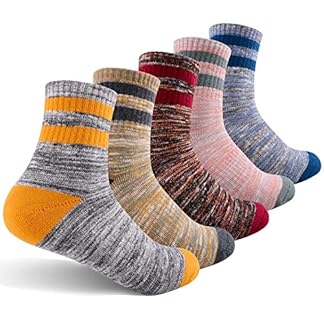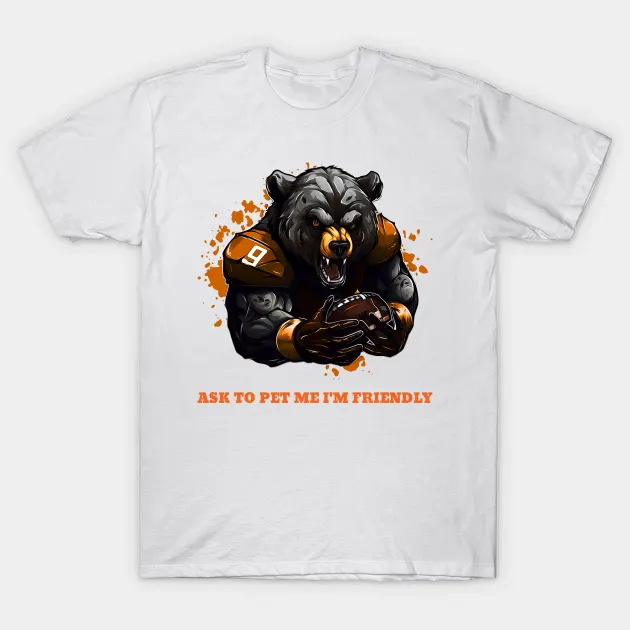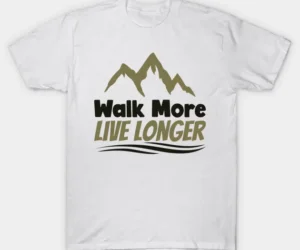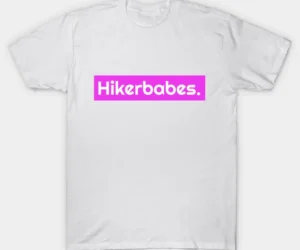Boys hiking socks
Boys Hiking Socks: The Ultimate Guide to Comfort and Performance on the Trails
Introduction
When it comes to hiking, having the right gear is essential for a comfortable and enjoyable experience. While many focus on hiking boots and clothing, one often overlooked but crucial piece of equipment is hiking socks. Boys hiking socks play a vital role in providing cushioning, moisture-wicking properties, and blister prevention. In this comprehensive guide, we will delve into the world of boys hiking socks, exploring different types, features, and top recommendations to ensure your young hiker’s feet are comfortable and well-protected on the trails.
Boys Hiking Socks: The Foundation of Foot Comfort
Proper foot care is vital for an enjoyable hiking experience, and the right socks are an integral part of that care. Here, we’ll explore the various aspects of boys hiking socks to help you make informed decisions when choosing the best ones for your child.
1. Importance of Quality Hiking Socks: Happy Feet for Happy Hikers
Boys hiking socks are not just regular socks. They are specifically designed to provide comfort, moisture management, and blister prevention during hikes. High-quality hiking socks offer cushioning, support, and temperature regulation, ensuring that your young hiker’s feet remain comfortable and protected on the trails.
2. Cushioning: Protecting Young Feet from Impact
Cushioning is a crucial feature of hiking socks, as it helps absorb shock and protect the feet from the impact of walking on uneven terrain. Look for socks with cushioning in key areas such as the heel, ball of the foot, and toes. The level of cushioning may vary depending on the hiking conditions and personal preferences.
3. Moisture-Wicking Technology: Keeping Feet Dry and Comfortable
During hikes, feet can sweat, leading to discomfort and potential blisters. Moisture-wicking technology in hiking socks helps to draw moisture away from the skin, keeping the feet dry and comfortable. Look for socks made from synthetic materials like polyester or merino wool, as they are known for their excellent moisture-wicking properties.
4. Blister Prevention: Protecting Against Friction
Blisters are a common hiking woe, but the right socks can significantly reduce the risk. Look for socks with a snug fit that minimizes friction between the foot and the sock. Seamless designs or socks with flat toe seams help prevent rubbing and blisters. Additionally, consider socks with reinforced heel and toe areas for added durability and protection.
5. Material Matters: Choosing the Right Fabric
The choice of material for boys hiking socks is crucial for comfort and performance. Synthetic materials like polyester and nylon are known for their moisture-wicking and quick-drying properties. Merino wool is an excellent natural choice, offering temperature regulation and odor control. opt for socks that combine these materials or select based on the specific hiking conditions and your child’s preferences.
6. Height and Fit: Finding the Perfect Match
Hiking socks come in various heights, including ankle, crew, and knee-high options. The height you choose depends on personal preference and the type of hiking activities your child will be engaged in. Ensure the socks fit snugly without being too tight or too loose to avoid bunching or friction.
7. Seasonal Considerations: Matching Socks to the Weather
Different seasons call for different sock thicknesses and insulation levels. Thin, lightweight socks are suitable for warm-weather hikes, while thicker socks provide insulation in colder conditions. Consider the climate and temperature of your hiking destination when selecting the appropriate socks for your young hiker.
8. Specialized Hiking Socks: Enhancing Performance and Comfort
For more advanced hikers or those embarking on longer and more challenging trails, specialized hiking socks offer additional features to enhance performance and comfort.
9. Compression Socks: Improving Circulation and Recovery
Compression socks provide graduated pressure to improve blood circulation, reduce muscle fatigue, and enhance recovery during and after hikes. They can be particularly beneficial for young hikers who may experience foot and leg fatigue during longer treks.
10. Moisture-Wicking and Breathable Socks: Staying Dry in Wet Conditions
If your hiking adventures often take you through wet or rainy environments, investing in moisture-wicking and breathable socks is crucial. These socks are designed to quickly draw moisture away from the skin and allow for optimal airflow, keeping your young hiker’s feet dry and comfortable even in damp conditions.
11. Anti-Odour Socks: Keeping Feet Fresh
Long hours on the trail can lead to sweaty and potentially smelly feet. Anti-odour socks are treated with special coatings or infused with materials that inhibit the growth of odour-causing bacteria, keeping your young hiker’s feet fresh and minimizing unpleasant smells.
12. Dual-Layer Socks: Preventing Blisters
Dual-layer socks feature an inner layer that stays snug against the foot and an outer layer that moves with the shoe, reducing friction and preventing blisters. These socks are particularly beneficial for young hikers prone to blister formation or those engaging in longer hikes.
13. Ultralight Socks: Lightweight and Quick-Drying
For hikers who prioritize minimalism and lightweight gear, ultralight socks are an excellent choice. These socks are designed to be incredibly lightweight, making them ideal for fast-paced hikes and backpacking adventures. They also tend to dry quickly, ensuring your young hiker’s feet stay comfortable and blister-free.
Frequently Asked Questions (FAQs)
Q1: How many pairs of hiking socks should I pack for my child? A: It’s recommended to pack at least two to three pairs of hiking socks for each hiking trip. This allows for rotation, ensuring that your child always has a dry and fresh pair to wear.
Q2: Can my child wear regular cotton socks for hiking? A: While regular cotton socks may be comfortable for everyday use, they are not suitable for hiking. Cotton retains moisture, leading to wet feet and an increased risk of blisters. It’s best to invest in specialized hiking socks made from moisture-wicking and quick-drying materials.
Q3: How often should I replace my child’s hiking socks? A: The lifespan of hiking socks depends on factors such as frequency of use, care, and quality of materials. However, as a general guideline, it’s recommended to assess the condition of your child’s hiking socks annually and replace any socks that show signs of excessive wear, thinning, or loss of elasticity.
Q4: Can my child wear hiking socks with sandals or water shoes? A: While it’s possible to wear hiking socks with sandals or water shoes, it’s important to consider the fit and comfort. Hiking socks are designed to be worn with hiking shoes or boots, providing cushioning and support. Sandals or water shoes may have different requirements for sock compatibility, so it’s best to check the manufacturer’s recommendations.
Q5: How should I wash and care for hiking socks? A: Follow the care instructions provided by the manufacturer for each specific pair of hiking socks. In general, it’s recommended to machine wash hiking socks with mild detergent on a gentle cycle. Avoid using bleach or fabric softeners. To extend the lifespan of the socks, air-dry them instead of using a dryer.
Q6: Can my child wear the same hiking socks for different activities? A: While hiking socks are designed specifically for hiking, they can also be suitable for other outdoor activities such as camping, backpacking, or trail running. However, it’s important to consider the specific requirements and demands of each activity and choose socks accordingly.
Conclusion
Boys hiking socks are an essential component of a young hiker’s gear, providing comfort, support, and blister prevention. By selecting the right hiking socks that prioritize cushioning, moisture-wicking properties, and a proper fit, you can ensure your child’s feet stay happy and protected on the trails. Remember to consider factors such as material, sock height, and specialized features based on the hiking conditions and your child’s preferences. With the right socks, your young hiker will be ready to tackle exciting outdoor adventures while keeping their feet in top shape.
Showing all 5 resultsSorted by popularity
-

Thorlos Men’s LTH Max Cushion Hiking Crew Socks
£50.06 Read more -

Thorlo Men’s Lite Hiking Moderate Padded Crew Socks
£55.27 – £70.49 Read more -

Thorlos LTH Thick Padded Crew Hiking Socks (Pack of 3)
£52.06 Read more -

Women’s Walking Hiking Socks, FEIDEER Multi-pack Outdoor Recreation Socks Wicking Cushion Crew Socks
£19.08 – £38.20 Read more -

Girls Cotton Socks Cute Unicorn Pattern Soft Novelty Gift Socks for Kid Child 6 Pack
Sale! £9.99 – £16.99 Select options This product has multiple variants. The options may be chosen on the product page
Showing all 5 resultsSorted by popularity













